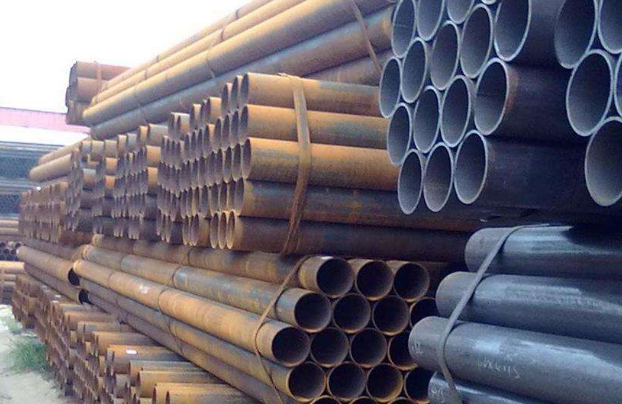Pressure grades of welded steel pipes and their applications:
Pressure grade of welded steel pipe:
The pressure grade of welded steel pipe is determined based on the wall thickness, outer diameter, working pressure and medium of the steel pipe. In practical applications, the higher the pressure level of the steel pipe, the higher the conditions and technical requirements for its use. According to national standards, the pressure levels of welded steel pipes are mainly divided into the following levels:
1. Low-pressure steel pipe: The working pressure generally does not exceed 2.5MPa, and is used to transport some ordinary gases, steam, water and other media;
2. Medium-pressure steel pipe: The working pressure generally does not exceed 10MPa, and is used to transport some corrosive or high-temperature and high-pressure media;
3. High-pressure steel pipe: The working pressure is generally above 100MPa, and it is mainly used to transport some media that require high strength and high safety.

Steel pipes are used to transport different media:
In practical applications of steel pipes, steel pipes of different materials are selected according to different conveying media. For example, when transporting gas,
galvanized steel pipes are generally used because of their high corrosion resistance and high temperature resistance; when transporting oil,
API 5L PSL2 X70 grade steel pipes are generally used to meet the requirements of high strength and high corrosion resistance. and requirements for use in high temperature environments.
Quality control of steel pipes:
Steel pipes need to go through multiple processes and testing during the production process to ensure the stability and qualification rate of their quality. In terms of steel pipe quality control, the following aspects need to be focused on:
1. Raw material selection and quality control;
2. Detection of wall thickness, outer diameter, length, straightness, welds and other dimensions;
3. Testing of chemical composition, physical properties, mechanical properties, corrosion resistance and other quality indicators;
4. Control and testing of welding processes.
In general, steel pipes are an important equipment for transporting media, and their quality and safety standards are of great significance to the quality and safety of the transported media. Therefore, in the production and application of steel pipes, it is necessary to produce and test steel pipes in strict accordance with national standards, and at the same time strengthen quality control of pipe installation and maintenance.
Go here to learn more: Matters needing attention when purchasing welded steel pipes


